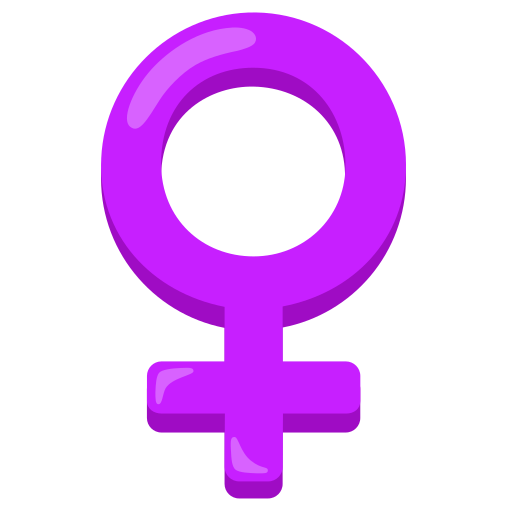
Hospitals need to actively identify unconscious bias to achieve equitable workplaces. The implications: Sexism is manifested both subtly and overtly in health care. This is an example of widespread and probably unconscious bias. The new: Most call bells in our international sample bore female images. Patient call bells in our hospital include female images, but gender‐specific symbols are unnecessary and inappropriate. The known: Sexism persists in health care despite policies and procedures that require gender equality. While call bell design has only a minor impact on patients, everyday bias affects all staff and society in general. Individual action with coloured marker pens may provide a pragmatic short term, albeit provocative, solution. Female symbols may reinforce gender stereotypes and contribute to occupational segregation and reduced equity of opportunity. Only female or gender‐neutral images are used, indicating bias in their design, manufacture, and selection. No call bells included male‐specific images.Ĭonclusion: Female symbols on patient call bells are an international phenomenon. Results: We received 56 responses from 43 hospitals in eight countries across five continents: 37 devices included female‐specific images, nine included gender‐neutral images, and ten did not use imagery (for example, button‐only devices). Main outcome measure: Types of symbols on patient call bells. Setting: Multicentre, international study of hospital equipment, 2018.


Objectives: To determine whether gendered symbols on patient call bells are restricted to our hospital or are examples of an international practice that perpetuates gender stereotypes and occupational segregation.


 0 kommentar(er)
0 kommentar(er)
